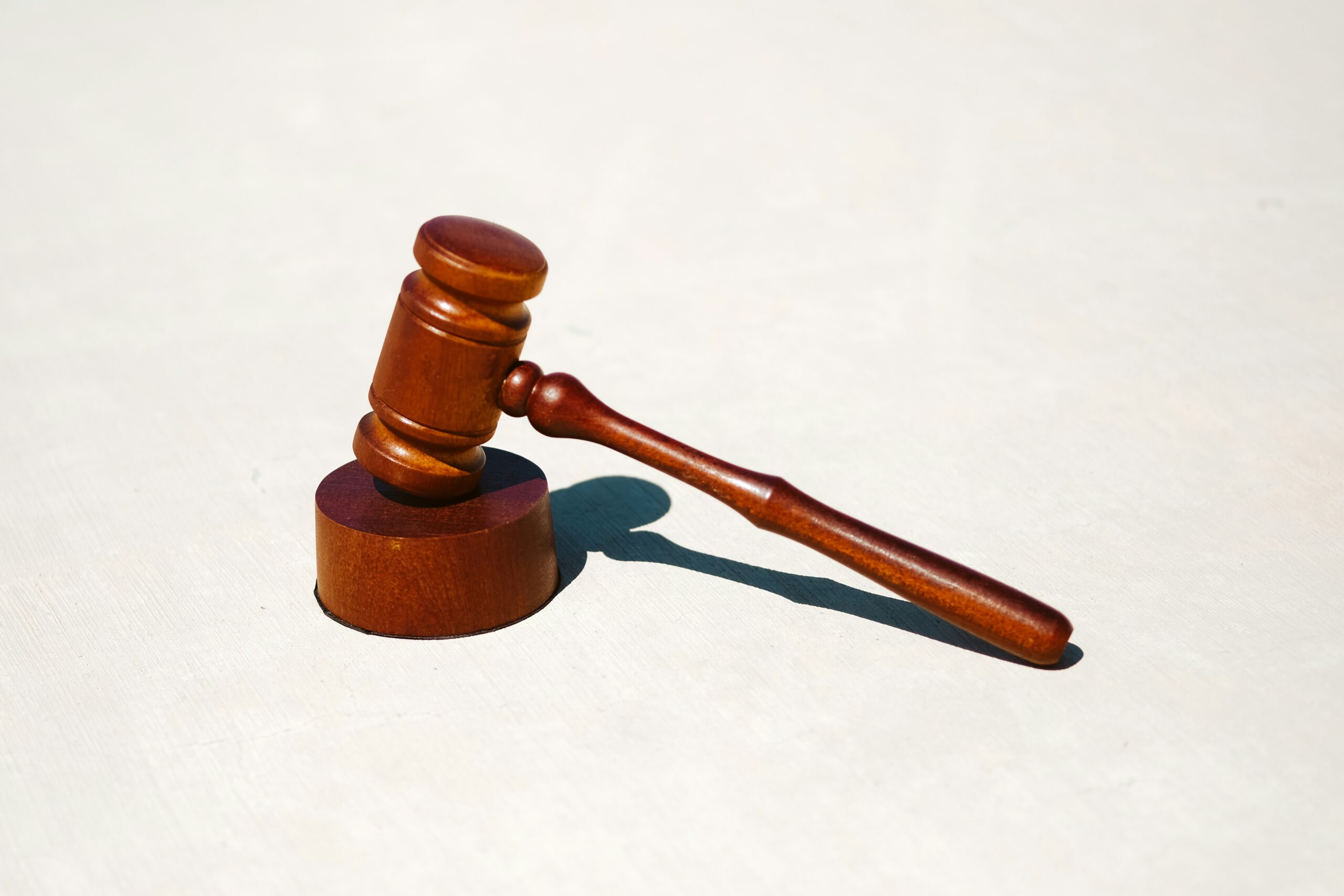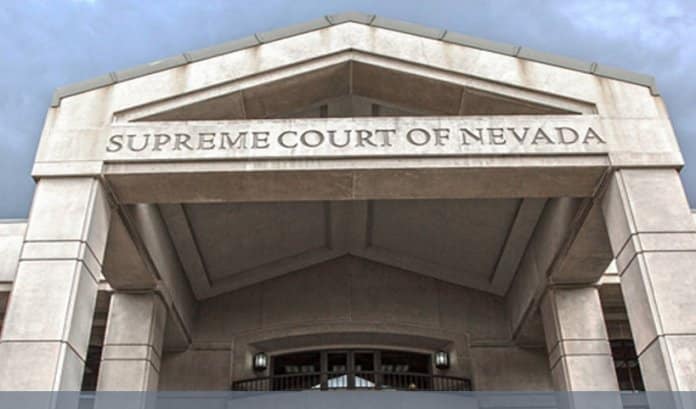ISAACSON LAW BLOG
A Journey Through Time: The History of HOAs and the First Homeowners Association

A Journey Through Time: The History of HOAs and the First Homeowners Association
When we think about homeowners associations (HOAs) today, we often picture neatly maintained neighborhoods, rules for harmonious living, and a collective commitment to preserving property values. But have you ever wondered how HOAs came to be? The history of HOAs is more than just policies and bylaws – it’s a fascinating journey that reflects the evolution of American communities, housing trends, and social values. Let’s go through this together and uncover the origins of HOAs, starting with the very first association.
What Is an HOA and Why Do They Exist?
At their core, HOAs are organizations within residential communities designed to manage shared spaces, maintain community standards, and enforce rules to protect property values. From gated neighborhoods to sprawling suburban developments, HOAs serve as a structure for collaboration and shared responsibility.
But HOAs weren’t always part of the American housing landscape. Their emergence is tied to the country’s rapid growth, suburbanization, and the desire for structured, well-maintained neighborhoods.
The First HOA: Los Angeles, California (1916)
The story of HOAs begins in Los Angeles, California, in the early 20th century. Around 1916, the developers of the time introduced a new concept: a formal organization of property owners working together to maintain community standards and values. Thus, the “Los Feliz Improvement Association” was created to oversee architectural consistency, property upkeep, and community cohesion.
- Why It Started: As Los Angeles grew rapidly, developers wanted to create a neighborhood with lasting value – a place where residents shared a common vision for aesthetics and quality of life.
- Key Features: The Los Feliz Improvement Association established rules about property maintenance, building designs, and landscaping. These were among the earliest “covenants” that influenced future CC&Rs (Covenants, Conditions & Restrictions).
HOAs Gain Momentum: Post-War Suburban Sprawl
The concept of HOAs gained national traction after World War II. The suburban housing boom of the 1940s and 1950s brought rapid growth to communities across the U.S. Developers used HOAs as a way to create order and ensure neighborhood consistency in this new era of suburban living.
- Key Drivers:
- FHA and VA Loans: Federal Housing Administration (FHA) and Veterans Affairs (VA) loans encouraged homeownership by offering affordable financing, which spurred suburban development.
- Demand for Amenities: Homebuyers sought amenities like parks, pools, and clubhouses, which required collective maintenance.
- Community Standards: HOAs provided a way to manage these shared amenities and enforce aesthetic standards.
A Turning Point: The 1960s and 1970s
By the 1960s and 1970s, HOAs had become a common feature in new residential developments. Several key changes during this era shaped the modern HOA:
- Urban Planning and Zoning Laws:
- Cities began requiring developers to include HOAs to manage private roads, utilities, and amenities in newly built subdivisions.
- CC&Rs Become Standard:
- Governing documents formalized the rules for property use, architectural guidelines, and community behavior.
- Rise of Master-Planned Communities:
- Large-scale developments, like gated communities, relied on HOAs to manage extensive amenities and create a cohesive identity.
Modern HOAs: Evolving Roles and Responsibilities
Today, HOAs are more than just rule enforcers. They are community builders, property value protectors, and key players in managing shared spaces. With approximately 40 million housing units under HOA governance in the U.S. and over 80% of new homes sold being part of HOA communities, these organizations impact the daily lives of millions of Americans.
- What Has Changed?
- Technology: Online platforms simplify communication, payments, and voting.
- Legal Oversight: States now regulate HOAs more strictly, ensuring transparency and fairness.
- Community Focus: HOAs increasingly prioritize homeowner engagement, sustainability, and fostering a sense of belonging.
The Benefits of HOAs
When done right, HOAs offer a range of benefits to their communities:
- Maintained Property Values: Consistent upkeep and clear rules help preserve home values.
- Shared Amenities: Pools, parks, and recreational spaces add value and enhance quality of life.
- Community Harmony: Well-managed HOAs create a sense of order and pride among residents.
Lessons from History: What Today’s HOA Boards Can Learn
Looking back at the history of HOAs, one thing is clear: their success depends on strong governance, clear communication, and community collaboration. HOA boards today can learn valuable lessons from the past:
- Consistency Is Key: Just as the first HOA in Los Angeles emphasized uniform standards, modern boards should enforce rules fairly and transparently.
- Evolve with the Times: Adapt to changing homeowner needs by incorporating technology and sustainable practices.
- Engage the Community: Foster open dialogue to build trust and encourage active participation.
Why Understanding HOA History Matters
Knowing where HOAs came from helps us appreciate their role in shaping neighborhoods and communities. It’s also a reminder that successful HOA management requires a balance of tradition, innovation, and a commitment to serving homeowners.
If you’re part of an HOA or considering joining a board, you’re stepping into a legacy of collaboration, governance, and shared goals. Whether you’re navigating complex legal requirements or looking for ways to strengthen your community, remember: You’re not alone. With the right guidance and support, your HOA can thrive.
Let’s Build a Thriving Community Together
At Isaacson Law, we’re proud to support HOA managers and boards as they navigate challenges and opportunities. From reviewing governing documents to providing expert legal advice, we’re here to help your community succeed.
Together, we can create a stronger, more connected community – one that honors the past while striving toward the future.

LOCATION
- (702) 529-2559
- 7575 Vegas Dr, Suite 150N, Las Vegas, Nevada 89128
BUSINESS HOURS
Monday – Friday: 8:30am to 5:30pm
Recent Blog Posts

HOA Fee Increases: Don’t Surprise Homeowners


Why “Failure to Communicate” Is a Violation

